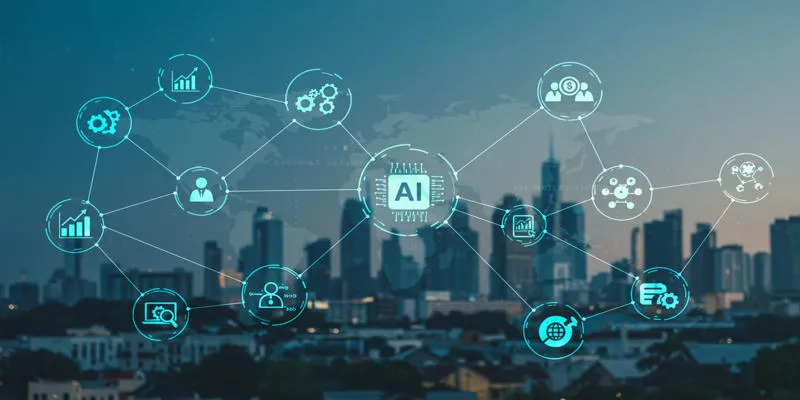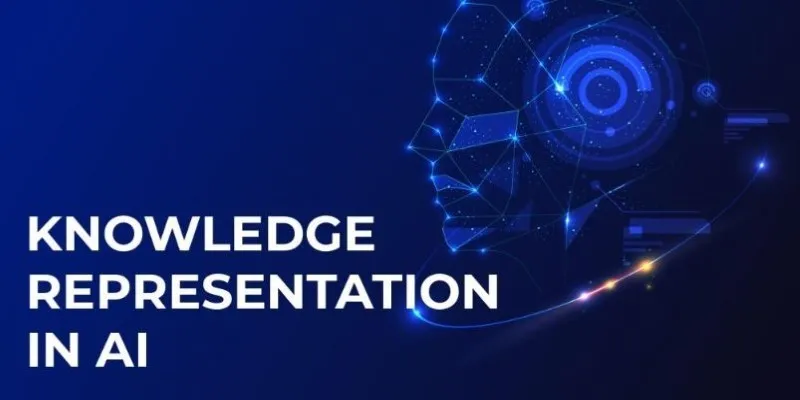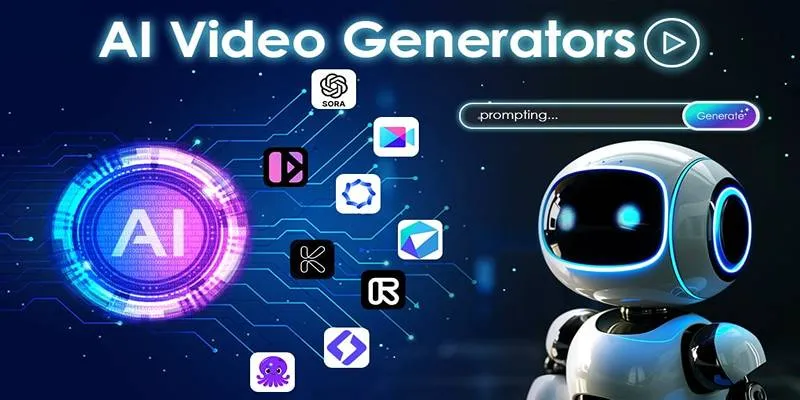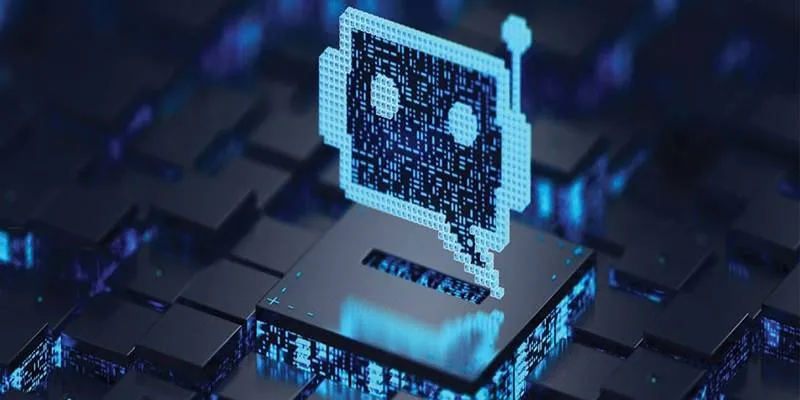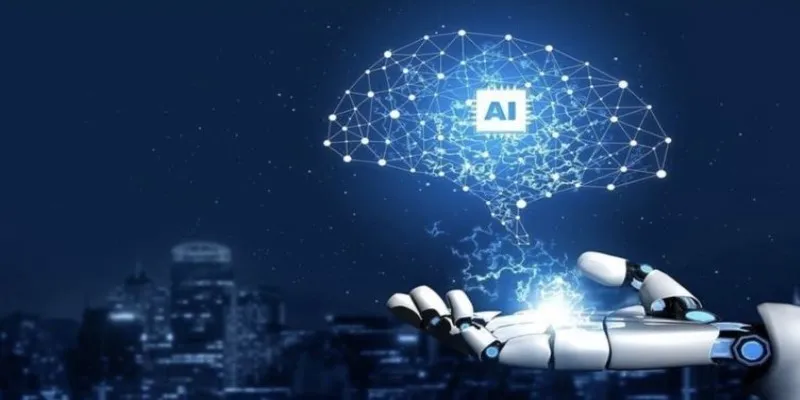The concept of AI robots becoming integral to our daily lives has transitioned from a distant sci-fi fantasy to a present-day reality. AI technology has progressed rapidly, transforming various industries and becoming embedded in our social fabric. Today, AI-powered robots are a common sight in public spaces such as shopping malls, hospitals, and city streets.
While the proliferation of AI-driven machines promises significant advancements, it also brings challenges. This article delves into the integration of AI robots into public life and examines the mixed results of their assimilation.
AI Robots in Public Spaces: Opportunities and Benefits
AI robots are increasingly being utilized in diverse environments, from bustling urban streets to healthcare facilities. In urban areas, autonomous robots are commonly seen delivering food, groceries, and packages directly to people’s homes. With advanced AI technology, these robots optimize delivery routes to efficiently navigate obstacles on sidewalks and streets, enhancing delivery efficiency with minimal human involvement in potentially hazardous jobs.
Beyond delivery, AI robots are enhancing customer experiences in shopping malls, airports, and restaurants. They offer helpful information, guide navigation, and even carry simple items. In hospitals, robots assist medical staff by providing supplies and performing routine tasks, thereby boosting productivity and freeing human workers to focus on critical tasks like patient care.
Despite these innovations promising improved efficiency, concerns about privacy, data security, and the loss of personal touch—especially in healthcare—persist. Public acceptance remains a significant hurdle, as individuals must adapt to these robotic companions becoming part of their daily routines.
Challenges of Integrating AI Robots into Public Spaces
The increased deployment of AI robots in public spaces presents various challenges, with public trust being the foremost issue. Despite advancements in AI technology, many people are uncomfortable relying on robots for safety. Robots must navigate complex environments without causing accidents or disruptions, necessitating high reliability.
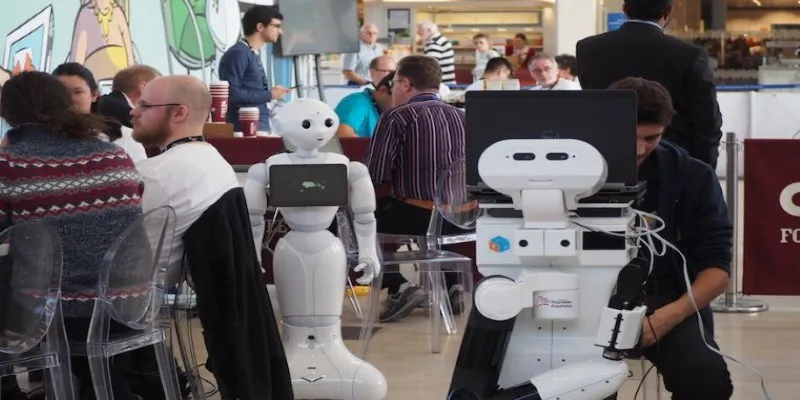
Furthermore, public spaces are often not designed with robots in mind. For example, sidewalks may not be wide enough to accommodate delivery bots, and obstacles like parked cars can obstruct their path. Integrating robots into existing infrastructure remains a challenge, requiring cities to adapt their designs to accommodate these machines effectively.
AI robots also face challenges in interacting with unpredictable human behavior. Many people are unfamiliar with interacting with robots, leading to confusion or fear. This lack of understanding can hinder widespread adoption and create discomfort in shared human-robot environments.
Ethical implications of AI in public spaces are another concern. As robots interact with people, they collect data—such as location information or preferences—that could be misused if not properly protected. Privacy and surveillance issues are increasingly important, and developers must ensure robots are designed with transparency and accountability in mind.
The Potential of AI Robots to Create New Opportunities
While challenges exist, the integration of AI robots also opens up numerous possibilities. These robots can perform repetitive and mundane tasks, such as cleaning, delivering items, or guiding people, freeing human workers for more complex duties. This could lead to increased productivity across various industries, including retail and healthcare.
Moreover, the deployment of AI robots could lead to job creation in fields like robotics, engineering, and maintenance. As demand for AI robots grows, so will the need for skilled professionals to design, repair, and improve these machines. Rather than replacing human workers, AI robots could complement their efforts, addressing labor shortages in sectors like healthcare, logistics, and retail.
AI robots can also drive innovation in service provision. For example, robots can assist in medical procedures with greater precision, reduce healthcare professionals’ workload, and enhance patient experiences. In retail, robots can provide personalized assistance, improving customer satisfaction and streamlining operations.
Moving Forward: Addressing the Challenges
As AI robots continue to enter public spaces, their impact will be significant, both in terms of the benefits they offer and the challenges they present. Public acceptance will play a critical role in how AI technology evolves. Therefore, efforts must be made to ensure that robots are integrated in ways that enhance human life rather than complicate it.
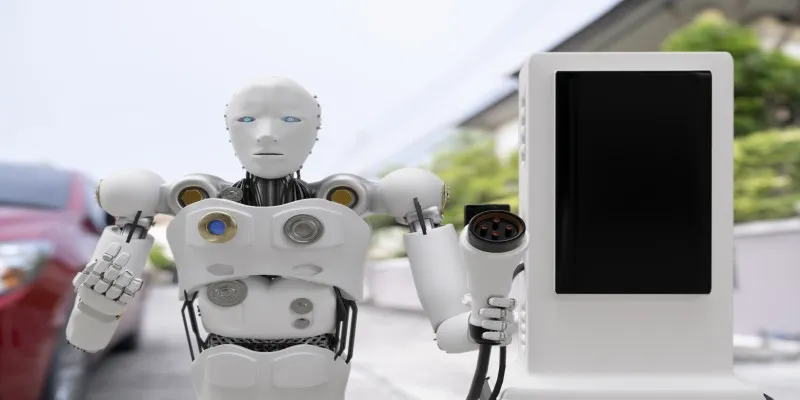
To build trust and acceptance, developers must focus on creating safe, reliable robots that interact seamlessly with humans. Public education will be crucial in helping people understand AI robots’ functions and benefits. As AI advances, human-robot collaboration will grow, with robots enhancing human abilities, complementing roles, and improving overall efficiency without replacing humans.
In addition to technological improvements, there must also be a focus on addressing ethical and social issues surrounding AI robots. Questions about privacy, security, and data use must be resolved before AI robots can become permanent fixtures in public spaces. As long as developers and policymakers collaborate to address these concerns, AI robots have the potential to transform the public world in exciting and positive ways.
Conclusion
AI robots are undeniably changing the public world, offering benefits such as increased efficiency and potential job creation. However, the challenges surrounding their integration—ranging from public trust and infrastructure limitations to ethical concerns—cannot be overlooked. The future of AI robots in public spaces will depend on addressing these challenges head-on. If developers, policymakers, and the public work together to address these concerns, AI robots could play a transformative role in shaping our everyday lives and improving how we live, work, and interact with the world around us.
 zfn9
zfn9


